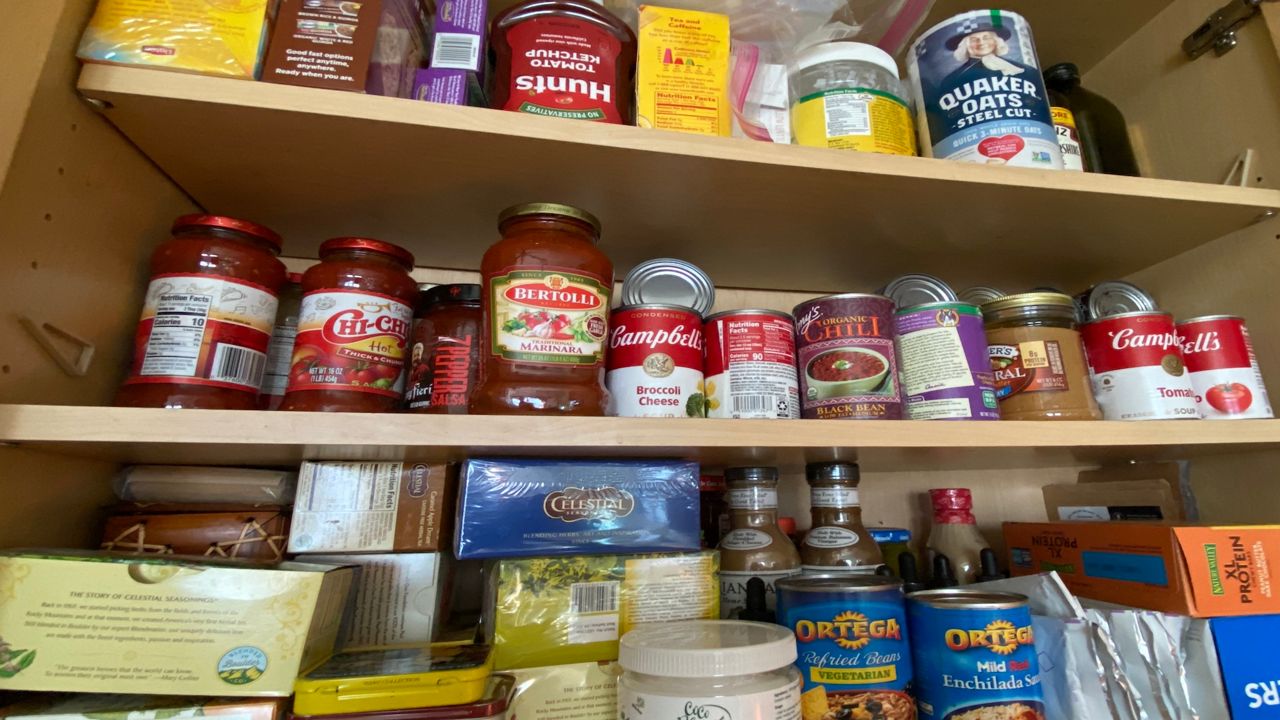AKRON, Ohio — Summit County residents who in 2020 saw a boost in their Supplemental Nutrition Assistance Program benefits, or SNAP (formerly food stamps), are in for a big reduction in food assistance beginning this month, officials said.
The COVID-19 pandemic-related SNAP Emergency Allotments increase Congress approved in 2020 has ended, returning about 1.5 million Ohioans to pre-pandemic totals, reported the Ohio Association of Foodbanks.
Ohio SNAP recipients and grocers, and the Ohio economy, will all take a significant hit from what the Center for Community Solutions calls a “premature end” of the SNAP emergency allotments. Simultaneously, 35 other states and territories will lose the emergency allotments as well.
Ohio grocers’ SNAP sales will plunge by almost one-third per month, while Ohio’s economic activity will be reduced by $194 million per month, the center reported.
The foodbank association reported that while Ohioans stand to lose as much as $86 per person per month in grocery funds, older adults, disabled people and working families could lose much more.
Historic levels of inflation have resulted in rising costs not only for food but also for fuel, utilities, basic household expenses and housing, pushing the number of households the association of foodbanks serves to 38% more than a year ago, the organization said.
But the emergency allotments did more than help feed families, according to a study by the nonpartisan Center on Budget and Policy Priorities. The study revealed that in the last quarter of 2021, the emergency allotments pushed 4.2 million people above the poverty line, reducing poverty by 10% overall and child poverty by 14%.
In Summit County, more than 76,000 residents received SNAP benefits totaling $11.8 million before the pandemic, said Greta Johnson, assistant chief of staff and public information officer for the county. An emergency allotment of $7.6 million increased SNAP totals for those residents to more than $19.4 million dollars.
Here’s how the reduction will play out for some of those families:
- A family of three receiving $180 per month before the pandemic was awarded an additional $560 per month to total $740. This month, their benefit drops back to $180 per month.
- A family of four receiving the maximum allotment of $939 per month before the pandemic was awarded an additional $95 per month to total $1,034. This month, their benefit drops back to $939 per month. (Households receiving the maximum amount of benefits are the lowest-income SNAP participants.)
The increase for seniors was much higher, Johnson said.
Before the pandemic, Summit County’s 60 and older seniors were awarded $1.9 million in SNAP benefits, she said, a number that leaped to more than $4 million with the emergency allotment increase
Everyone 60 or older qualities for SNAP benefits, Johnson said, with awards based on income and benefits as low as $23 per month.
So, a senior eligible for $23 per month started receiving $258 per month with the emergency allotment, she said. This month they fall back to $23.
“There’s going to be a huge, huge decrease for folks,” Johnson said.
What’s more, residents who turned 60 and started receiving SNAP benefits during the pandemic have no frame of reference regarding the "new" lower totals, she said.
“If you've been getting $258 per month, and you've been relying on that for the last year and a half, it's going to be a big change for a lot of folks,” she said.
To assist, a number of Summit County agencies are in place to support individuals and families and can be reached by calling Summit County’s 2-1-1 line, she said. Residents can call the line 24/7 to be connected with services ranging from food pantries to utility, housing and child-care assistance.
The Akron-Canton Regional Foodbank, which the county has awarded more than $1 million, is among the agencies that have been preparing for the food-assistance reductions, said foodbank’s President and CEO Dan Flowers during the recent kickoff to the annual harvest for Hunger Campaign.



